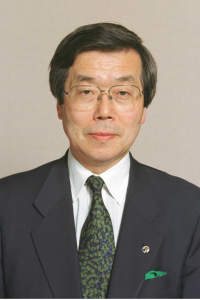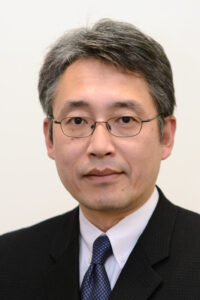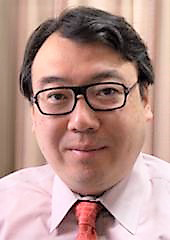
Flying smoothly, the HondaJet manufactured by Honda Aircraft Company, a US subsidiary of Honda, is putting the dreams of Honda Soichiro (1906–1991), the founder of Honda, into the air. Mass production began after obtaining type certification for safety from the Federal Aviation Administration (FAA) in December 2015. Orders for in excess of one hundred aircraft have already been logged with forty-three units delivered worldwide in 2017, overtaking the Citation M2, the principal aircraft made by Cessna, to become the international top-seller in the small jet category (weighing less than 5.7 tons). Orders remain steady at the start of 2018 and the speed of production continues to accelerate. The aircraft is popular for its unprecedented and unique design, which features an over-the-wing engine mount that reduces air resistance and increases fuel efficiency by as much as twenty percent compared to the competition. It is also ... ... [Read more]

